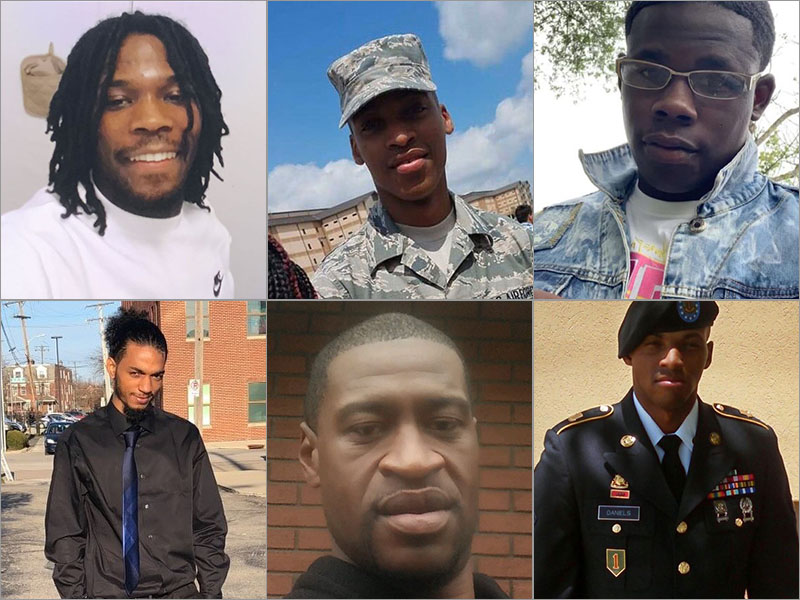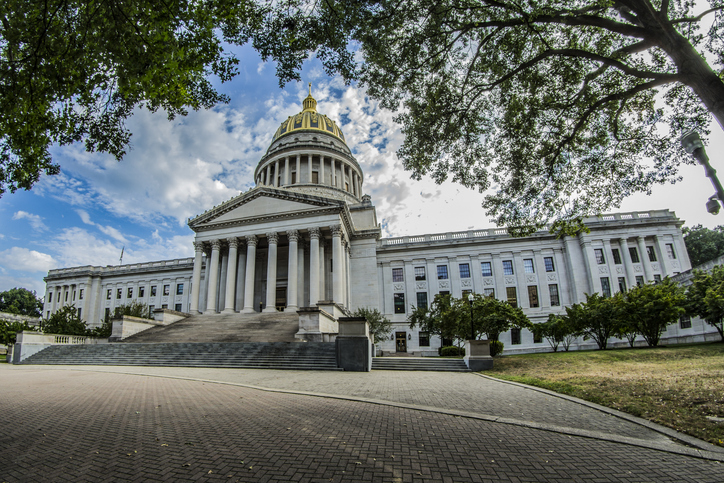Police Brutality against blacks
Killers Behind The Badge: NewsOne’s Investigative Series On Police Brutality In Black America
From Abner Louima and Amadou Diallo to Sean Bell and Oscar Grant, Black men in the United States of America are murdered, beaten, and violated by officers of the law sworn to “protect and serve” them. Men, such as Darryll C. Price, Lorenzo Collins, Roger Owensby Jr., Jeffrey Irons, and Timothy Thomas, were all found guilty and lynched for the crime of being Black in America.
From the Civil Rights era of hoses, tear gas and dogs, to the iconic imagery of the late-Rodney King being beaten by officers, Black America has a special and urgent need to understand the pathology behind police brutality.
https://www.instagram.com/p/BIBqQe-DXT9/
The 4th amendment clearly states that “the right of the people to be secure in their persons, houses, papers, and effects against unreasonable searches and seizures, shall not be violated and no warrants shall issue without probable cause.”
In this investigative report, NewsOne will venture behind the Blue Line to explore the culture of police brutality in this country.
In data researched and compiled by the Malcolm X Grassroots Movement, Black Left Unity Network, and U.S. Human Rights Network, the picture of how often — and fatally — Black people are victimized by police in this country becomes startling clear. Below are the details of the Black men and women who have been murdered at the hands of police so far this year:
Pattern of Murders By the Numbers Since January 1, 2012
Thirty cases of state sanctioned or justified murder of Black people in the first 3 months of 2012 alone have been found (due to under reporting and discriminatory methods of documentation, it is likely that there are more that our research has yet to uncover)
Of the 30 killed people, 20 were definitely unarmed. 2 probably had firearms, 8 were alleged to have non-lethal weapons.
Of the 30 killed people:
12 were innocent of any illegal behavior or behavior that involved a threat to anyone (although the killers claimed they looked “suspicious”);
8 were emotionally disturbed and/or displaying strange behavior.
The remaining 10 were either engaged in illegal or potentially illegal activity, or there was too little info to determine circumstances of their killing.
It appears that in all but two of these cases, illegal and/or harmful behavior could have been stopped without the use of lethal force.
In most cases, where planned, investigations of the deaths have not been completed.
Note: Only seven of the 30 killed people were over 30 years old and two of the six were 31 years old. Two were women.
These murders include the horrific case of 19-year-old Kendrec McDade , who was unarmed when he was shot 7 times by police officers at point blank range, then handcuffed.
It also includes the tragic case of 19-year-old Ramarley Graham who was profiled, chased to his grandmother’s house by the NYPD, and then murdered in the bathroom.
Watch Graham’s case here:
In another murder that is unrelated to the above study and took place last December, a Fulton County, Ga., grand jury decided not to indict Union City police office Luther Lewis earlier this month for killing 19-year-old Ariston Waiters, who was shot in the back twice.
There are times when murder is not the end result; sometimes systemic racism in the judicial system is what is on full display.
This was the case with 15-year-old Chad Holley (pictured left), whose vicious beating by police officers was captured on video. The result? All of the officers were charged with misdemeanors, and the first officer tried in the case, Andrew Blomberg, was found not guilty.
Watch the Holley beating here:
Though racism has long been the usual suspect in the police brutality narrative, there are pervasive arguments that classism lies at the root of the epidemic.
In a comprehensive study titled, “White, Black, or Blue Cops? Race and Citizen Assessments of Police Officers,” which heavily relied on interviews with residents from three neighborhoods in Washington, D.C., Ronald Weitzer‘s research yields some interesting results:
With respect to the behavior of White and Black officers, many respondents subscribed to the “blue cops” principle that occupation outweighs racial identity. Neighborhood class position [of citizens] also appears to play a role, with large majorities of…middle class communities…seeing no difference in the conduct of White and Black officers. That officers’ race has little influence on perceptions of police behavior.
While this definitely shines the light on the race-inclusive mentality of those behind the Blue Line, the disproportionate number of Black and Brown people targeted by police — specifically in one of the most corrupt law enforcement cities in the world — shows that the race of the citizen is still a deciding factor in how he or she is treated.
Yahoo News reports:
Police stops in New York City have climbed steadily to more than 685,000 last year from nearly 161,000 in 2003. Only 12 percent of those stopped were arrested or ticketed. More than 85 percent were Black or Hispanic, while they make up 51 percent of the city’s population.
A Reuters analysis of more than 3 million stops from 2006 through 2011 shows that by far the densest concentrations fell in areas of public housing, home to many of the city’s poorest families and where 90 percent of residents are Black or Hispanic. Although one would expect a heavy concentration of police stops in these densely populated areas, the stop rate is disproportionate: In 2011, police stopped people in these areas at a rate more than three times higher than elsewhere in the city, the analysis found.
The study also shows that more than half the searches happened not on the streets and paths around these buildings but inside them – in stairwells, lobbies, and corridors.
These numbers are particularly disturbing in light of a recent anonymous survey of 2,000 retired police officers, which found that manipulation of crime reports — specifically to make crime statistics look better — has long been a part of NYPD culture.
In a separate study titled, “Race and Perceptions of Police Misconduct,” Weitzer joined with Steven A. Tuch, also of George Washington University, to examine the causation of negative perceptions of police in the Black community. The answers mirror what many of us have experienced: Black Americans are overwhelming faced with corruption, violence, and profiling more than any other racial or ethnic group:
Whites tend to hold a favorable opinion of the police, favor aggressive law enforcement, and are skeptical of criticisms of the police. There is a racial dimension to this orientation. Many Whites view Blacks as inclined to criminal or violent behavior (Swigert and Farrell 1976; Weitzer 2000; cf. Hurwitz and Peffley 1997).
In response to a question in the 2000 General Social Survey, 48 percent of Whites think that Blacks are “violence-prone.” For many Whites, controlling crime is roughly equivalent to intensifying law enforcement against minority individuals or in minority communities.
Stay with NewsOne in the coming weeks as we talk with a law enforcement officer about the culture of police brutality and also an attorney who will shed light on possibly legal methods to eradicate the legal, unchecked violence in our communities.
Until then, chew on this question:
















